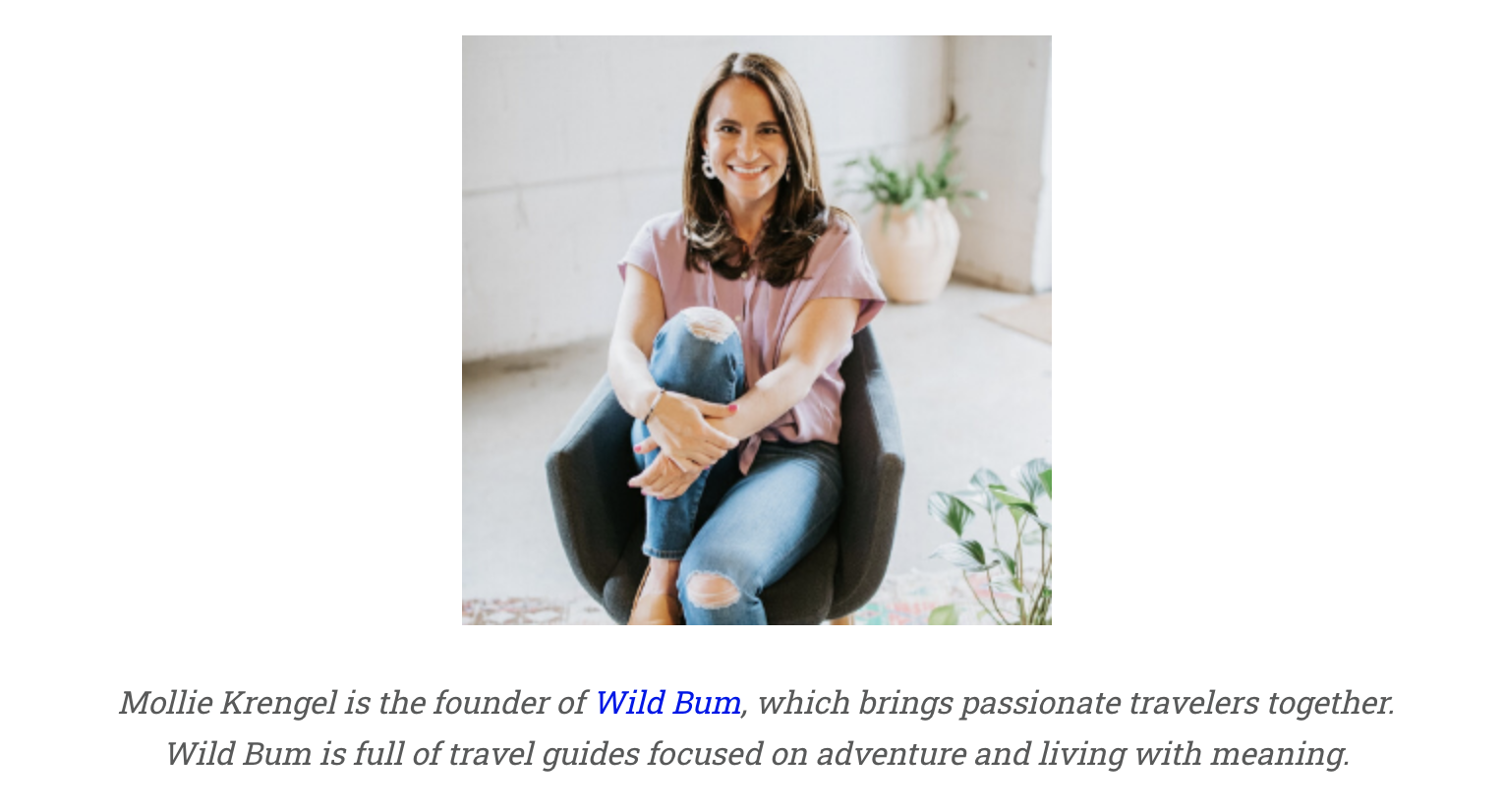Cars aren’t the only way we move through the places where we live, work, and play. Today, more and more cities and neighborhood associations are focusing on walkability, or more generally, how people move around an area without the use of a personal vehicle.We’ve created this guide to help you learn about the benefits of walkability, many of which may surprise you. So read on to learn more about walkability and how it benefits both our personal pocketbooks and our society.
What is walkability?
It may seem obvious that the term “walkability” refers to the ways in which an area serves pedestrians. After all, the word is quite literally walk + ability.
In reality, walkability involves a lot more than actual walking.
Harvard architect Ann Forsyth explains that “in professional, research, and public debates the term [walkability] is used to refer to several quite different kinds of phenomena.” What exactly are these phenomena?
Forsyth goes on to explain that some discussions of walkability:
“Focus on environmental features or means of making walkable environments… Others deal with outcomes potentially fostered by such environments … Finally some use the term walkability as a proxy for better design whether composed of multiple, measurable dimensions or providing a holistic solution to urban problems.”
As you can see from the above definition, walkability means the ability for movement within a given area, usually a city or a neighborhood. And several stakeholders — including city planners and zoning commissions, residents and business owners — must come together to ensure an area’s walkability.
What makes a place walkable?
As you might suspect from the wide-sweeping definition of walkability above, what makes a place walkable goes beyond sidewalks.
According to industry leader Walk Score, seven distinct elements make up a walkable area:
- A center: Walk Score reports that “walkable neighborhoods have a center, whether it’s a main street or a public space.” Traditionally, for instance, this is why so many cities are laid out main squares or plazas.
- People: There needs to be “enough people for businesses to flourish and for public transit to run frequently.” Hence the focus on mixed-use commercial and residential development trending in contemporary urban planning.
- Mixed-income, mixed-use: Walkable neighborhoods must have “affordable housing located near businesses” to thrive over the long haul.
- Parks and public space: People need “plenty of public places to gather and play” nearby.
- Pedestrian design: A design needs to focus on “buildings [that] are close to the street, [and] parking lots [that] are relegated to the back.” Walkable neighborhoods should also plan for the various modes people use for walking.
- Schools and workplaces: These should be located “close enough that most residents can walk from their homes” whenever possible.
- Complete streets: Streets must be designed holistically “for bicyclists, pedestrians, and transit” in addition to people with disabilities.
Most Walkable Cities in the World
The United States isn’t the only country with cities focusing on walkability for residents and visitors. In fact, most of the world’s most walkable cities can be found outside the United States.
Here are the world’s 10 most walkable cities, according to travel experts Frommer’s:
- Florence, Italy
- Paris, France
- Dubrovnik, Croatia
- New York City, United States
- Vancouver, British Columbia
- Munich, Germany
- Edinburgh, Scotland
- Boston, United States
- Melbourne, Australia
- Sydney, Australia
What do experts have to say about walkability?
“At Wild Bum, we believe travel is not a luxury, rather an essential part of our health and well-being. Our enthusiasm for travel is rooted in its life-changing magic — most importantly how it improves our physical, physiological AND mental well-being. I guide women’s dance + service trips through Wildhive. And, my family and I prioritize travel — we live it!
For me, travel is so energizing, and I never walk more than when I am in a new city. This is what defines walkability for me. I’ve walked in small towns, and trekked miles and miles in bigger cities. There is so much more discovered this way. I want to soak it all in and feel more like a local. Studies show that travelers are much more active and walk more regularly than non-travelers. Not only on vacation but even after — in their daily lives. It has the power to form new habits.
My husband and I also love a good bike share system. We’ve rented bikes all over Toronto, New Orleans, Charleston, San Francisco, London — the list goes on. And, we’ve even zoomed around the hills of San Francisco via electric scooter.
I love being active and that is absolutely a benefit to exploring a new city by foot or on bike, but it’s also a much more meaningful way to immerse yourself in the culture or the environment. When you sit in a car or bus, you potentially miss so many hidden gems and opportunities to make new connections.
I’ve also been known to eat my way through a new city! Walking or biking helps balance all of the deliciousness I am consuming.”

Read the full article here.





